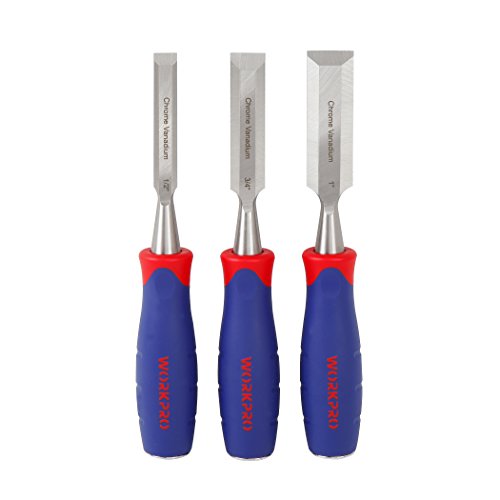Understanding What a Chisel Is
A chisel is a tool that is mainly used to shape or cut hard materials such as wood, stone or metal. It is made up of a handle and a sharp metal blade. The blade is usually beveled at one end and can have a flat or round surface. Chisels are commonly used in carpentry or masonry work, but can they also be used to cut through metal?
Using a Chisel to Cut Through Metal
Yes, you can use a chisel to cut through thin sheets of metal. However, it is important to note that chisels are not specifically designed for cutting metal and attempting to cut through thick, heavy sheets of metal with a chisel can be both difficult and dangerous.
The Risks of Using a Chisel to Cut Through Metal
Firstly, chisels are not designed to handle the high level of resistance that metal provides. Attempting to cut through metal with a chisel can result in the chisel breaking or cracking, which can cause the blade to fly off and possibly injure the user, or those in close proximity. Additionally, the process of cutting through metal with a chisel can be very difficult, often requiring forceful blows that can cause the chisel to slip out of the user’s hand and potentially cause injury.
Other Tools to Consider for Cutting Through Metal
If you need to cut through metal, there are many tools that are specifically designed for this task. Some of the most common tools used for metal cutting include power saws (such as circular saws or reciprocating saws), angle grinders, tin snips, and plasma cutters. These tools are better equipped to handle the rigors of metal cutting and are generally safer and more efficient to use than a chisel.
The Bottom Line: Stick to Using Chisels for Their Intended Purposes
While a chisel can be used to cut through thin sheets of metal in a pinch, it’s generally best to leave the metal cutting to the tools that are specifically designed for this task. Using a chisel to cut through metal can be dangerous, and the results are often less than ideal. If you find yourself needing to cut through metal often, invest in the right tools for the job, and always prioritize safety to avoid injury or accidents.






